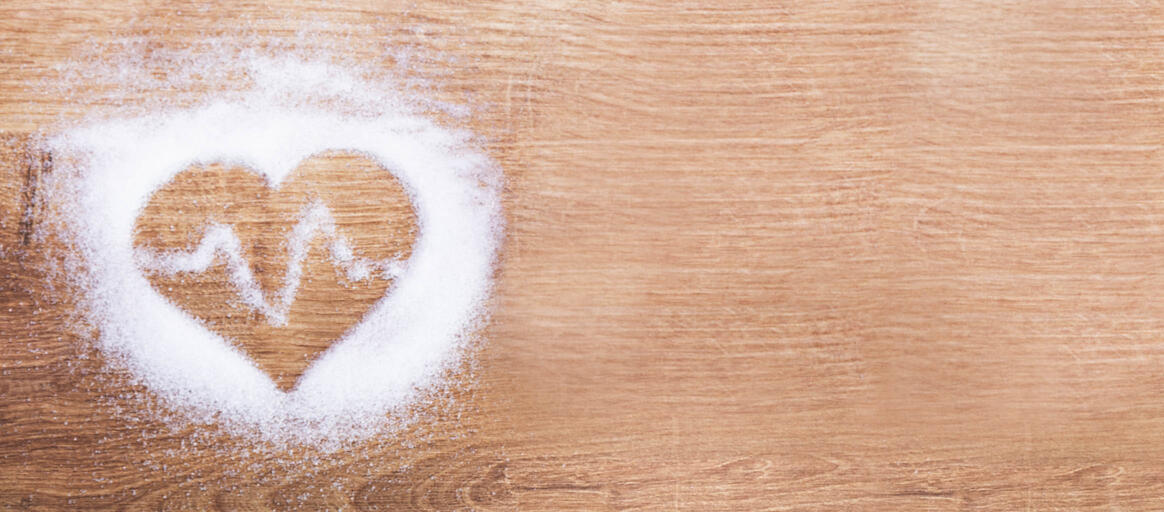Health and salt: unravelling the myth
There are as many truths as there are misunderstandings about the link between salt and health. Much ink has been spilt on the topic by food manufacturers, nutritionists and the medical sector in general, each of whom have their own (sometimes conflicting) opinions. How to know who is right and who is wrong? Let’s have a look at some basic facts.

While low-sodium diets are known to slightly lower blood pressure, they can also have negative effects in other areas and act as catalysts for health issues including diabetes.
An objective view
Public opinion is much divided when it comes to salt. Some experts claim we eat too much of it, others believe our salt intake is too low. Nevertheless, it seems researchers are moving towards consensus. As surprising as it may sound to some, there is no need for us to eat less salt than we are used to. At the end of the day, our bodies simply need salt to survive.
The golden mean
The European Heart Journal recently published a report with research findings by the World Heart Federation and European institutions specializing in cardiac studies. The renowned magazine mentioned two important points:
- The risk of heart disease increases when the daily salt intake exceeds 12.5 grams (1 gram of sodium chloride = 0.4 grams of sodium).
- There is little evidence that a daily intake of less than 5 grams of salt is beneficial to health.
The researchers therefore recommend a daily salt intake between 7.5 and 12.5 grams.
Salt and health: integral approach needed
More research is needed to confirm the conclusions mentioned above. However, researchers increasingly agree that an integrated approach to the question is a must. Whereas studies in the past only concerned the effect of salt on blood pressure, today’s research increasingly considers the effect it has on health in general. For example, while low-sodium diets are known to slightly lower blood pressure, they can also have negative effects in other areas and act as catalysts for health issues including diabetes.
In conclusion, salt is an essential ingredient to a healthy lifestyle. As only a small group of people really benefit from a lower than average salt intake, adopting a low-salt diet does more harm than good in most cases. A varied diet includes all types of ingredients, and salt is one of them.
Source: ‘Understanding the link between salt and health’ – Salt Institute (03/07/2017)